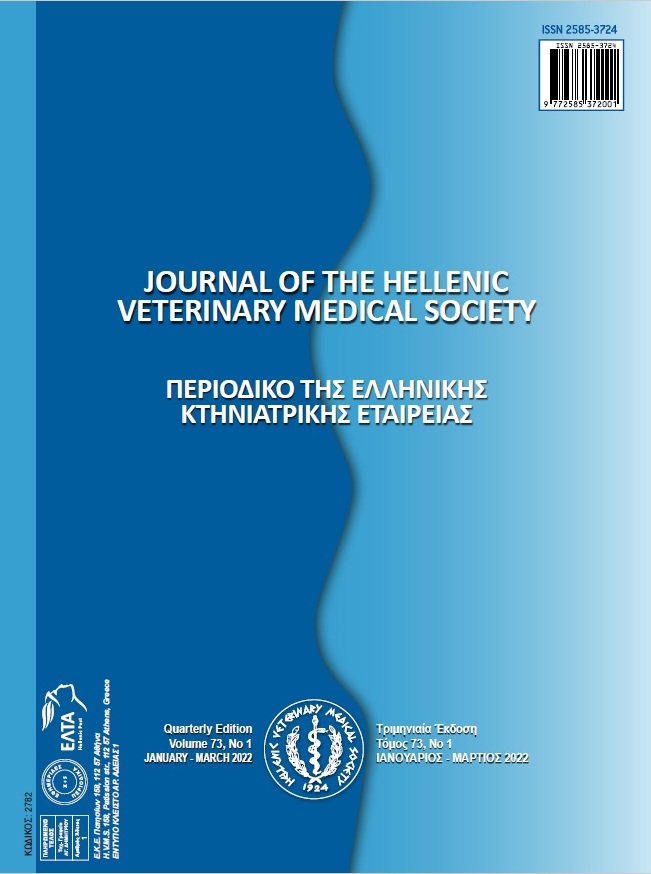Protective Effect of Spirulina against Aspartame Induced Oxidative Stress and Molecular Gene Brain damage
Abstract
Spirulina and lipoic acid has been considered as one of the most effective in ant oxidative stress and anti-inflammatory activity.Aspartame (ASP) is one of the mostwidely used (artificial sweeteners)used in a variety of foods and feeds.This study was conducted to evaluate the possible protective effect of Spirulina and alpha-lipoic acid against aspartame induced oxidative stress and brain damage in rabbits. Forty two white male New-Zealand Rabbits were classified into seven equal groups. Group I: (Control group) received no drugs. Group II: rabbits administered with aspartame (250 mg/kg b. wt/day). Group III: rabbits received alpha- lipoic acid (100 mg/kg b. wt/day). Group IV: rabbits received spirulina platensis (1500 mg/kg. b. wt/day). Group V: rabbits received aspartame (250 mg mg/kg b. wt) and treated with alpha- lipoic acid (100 mg/kg b. wt). Group VI: rabbits received aspartame (250 mg mg/kg b.wt) and treated with spirulina platensis (1500 mg/kg b. wt). Group VII: rabbits received aspartame (250 mg mg/kg b.wt) and treated daily with alpha- lipoic acid (100 mg/kg b. wt) and spirulina platensis (1500 mg/kg b. wt) for 8 weeks. At the end of experiment brain tissue were isolated and analyzed for determination of L-malondialdehyde (L-MDA), Catalase (CAT) and reduced glutathione (GSH) in addition to Anti-inflammatory cytokines: Interlukin-10 (IL-10),Activator Protein-1(AP-1),Bax gene expression and DNA damage. The obtained results showed a significant up-regulation of Activator Protein-1(AP-1),Bax gene expression level and a significant down-regulation of Interlukin-10 (IL-10) and marked increase in L-MDA and DNA damage that was indicated by an increase in tail length and tail DNA percent in brain tissue of aspartame treated rabbits. However, brain CAT activity andGSH concentration were markedly decreased when compared with control group.Coad ministration of spirulinaand alpha lipoic acid protect aspartame induced brain damage in rabbits caused a significant improvement of all previous parameters and attenuate DNA changes. Conclusively, spirulina platensis and alpha-lipoic acid exerts a protective effect against DNA damage and oxidative stress in brain of aspartameusage through free radical scavenging and anti-inflammatory activities as well as regenerating endogenous antioxidants defense system mechanisms.
Article Details
- Come citare
-
Attiya, H. (2022). Protective Effect of Spirulina against Aspartame Induced Oxidative Stress and Molecular Gene Brain damage. Journal of the Hellenic Veterinary Medical Society, 73(1), 3689–3698. https://doi.org/10.12681/jhvms.25509
- Fascicolo
- V. 73 N. 1 (2022)
- Sezione
- Research Articles

Questo lavoro è fornito con la licenza Creative Commons Attribuzione - Non commerciale 4.0 Internazionale.
Authors who publish with this journal agree to the following terms:
· Authors retain copyright and grant the journal right of first publication with the work simultaneously licensed under a Creative Commons Attribution Non-Commercial License that allows others to share the work with an acknowledgement of the work's authorship and initial publication in this journal.
· Authors are able to enter into separate, additional contractual arrangements for the non-exclusive distribution of the journal's published version of the work (e.g. post it to an institutional repository or publish it in a book), with an acknowledgement of its initial publication in this journal.
· Authors are permitted and encouraged to post their work online (preferably in institutional repositories or on their website) prior to and during the submission process, as it can lead to productive exchanges, as well as earlier and greater citation of published work.



